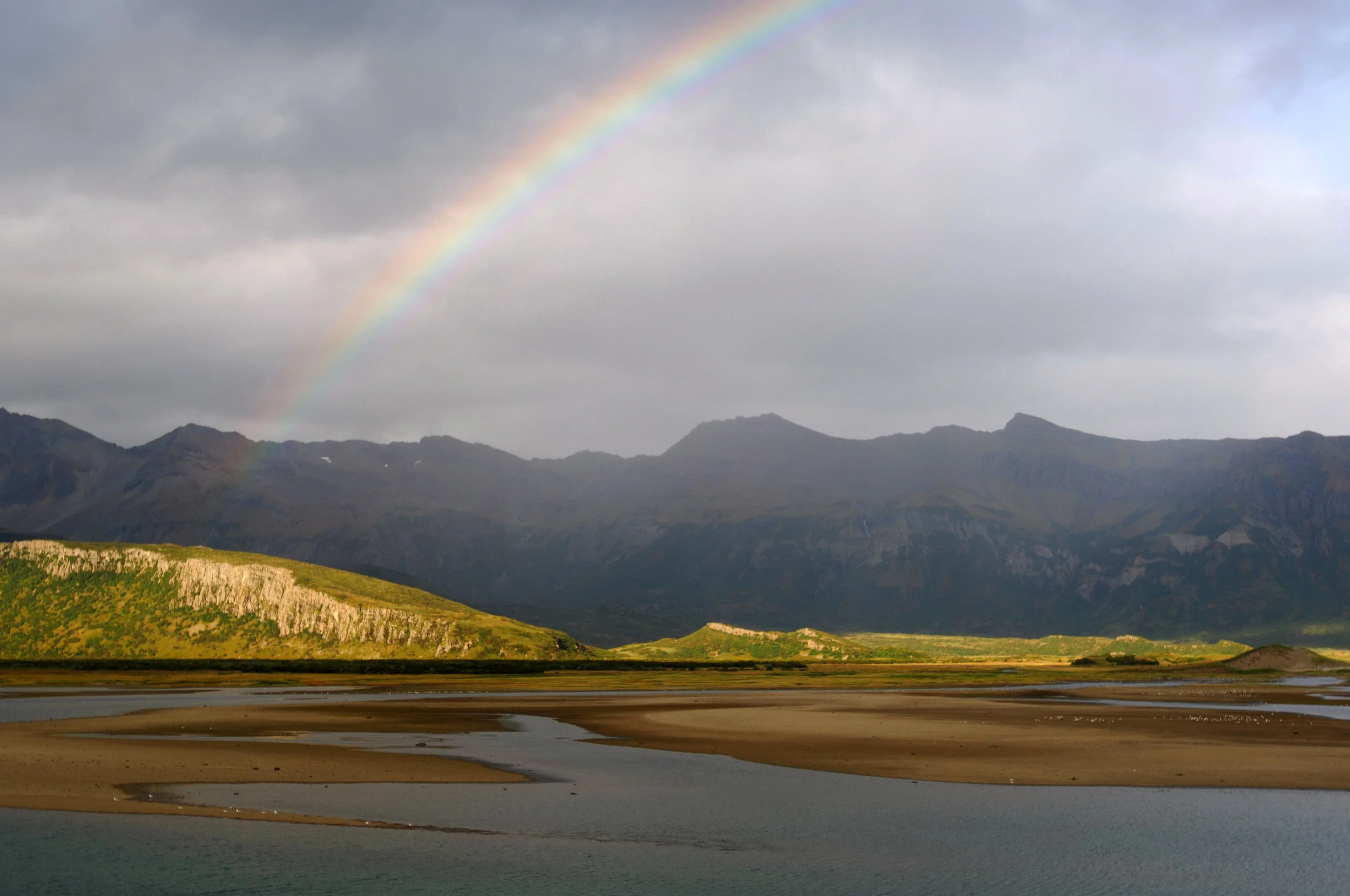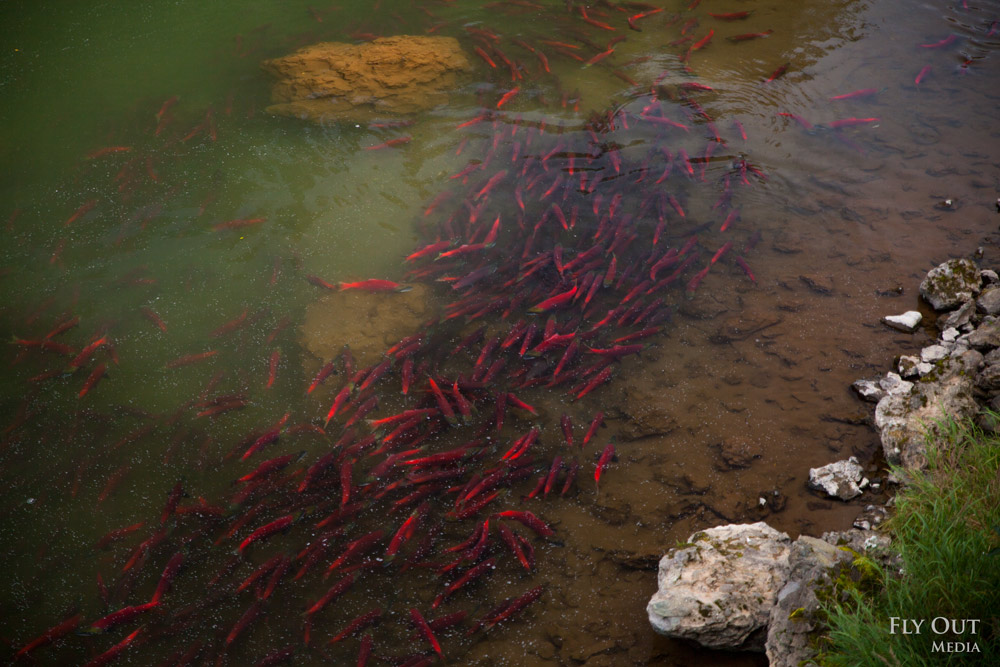Four reasons Bristol Bay should be protected
In southwest Alaska, rivers, lakes and wetlands combine to provide some of the best wild salmon habitat on earth. An hour and a-half flight from Anchorage, the Bristol Bay watershed, an area roughly the size of West Virginia, is nestled between two national parks (Katmai and Lake Clark), and the nation's largest state park. The area hosts three active volcanoes and Lake Iliamna, the 8th largest lake in the United States. Bristol Bay and its watershed are famous for their beauty and bounty of fish and wildlife.
With wild salmon runs disappearing from the planet, Bristol Bay is a place of international importance because of the salmon runs and the economies they support. All of this is risked by proposals like the Pebble mine and large-scale hard rock mining on adjacent public land. While temporarily stopped, these threats could return without durable protections for the region.
Here are four reasons it should be protected:
1. A wild salmon powerhouse
Photo by Fly Out Media
Bristol Bay continues to produce the world’s largest sockeye salmon fishery and one of the most prolific king salmon runs left on earth. The reason for this is clear; the Bay’s freshwater salmon habitat is largely untouched by development. From the tiniest microorganism to the giant grizzly bear, life in Bristol Bay revolves around salmon.
2. ALASKA NATIVE CULTURE
Photo by Ben Knight
Healthy salmon runs underpin the Bristol Bay region’s economic, social, cultural and ecological well-being. There are more than 30 Alaska Native Tribes in the region that depend on salmon to support their traditional subsistence ways of life. If the Pebble mine is developed, the subsistence culture of thousands of people who live in the Bristol Bay region will be threatened. Learn More.
3. American jobs and Alaska's economy
Photo by Corey Arnold
Currently the combined Bristol Bay fishery is valued at $1.5 billion and supports over 14,000 jobs including commercial fishermen, processors, lodge owners, guides, tourism operators and more. Roughly half of the world’s harvest of wild salmon come from Bristol Bay. Additionally, recreation and tourism spending in Bristol Bay brings $90 million annually to the state in the form of taxes and licenses through the 37,000 fishing trips taken to the region each year. Learn More.
4. World Class Recreational Fishing
Photo by Tosh Brown
Bristol Bay's rivers attract anglers from all over the world who seek the “once in a lifetime” Alaska fishing experience. Learn more.
Header image by Tosh Brown





